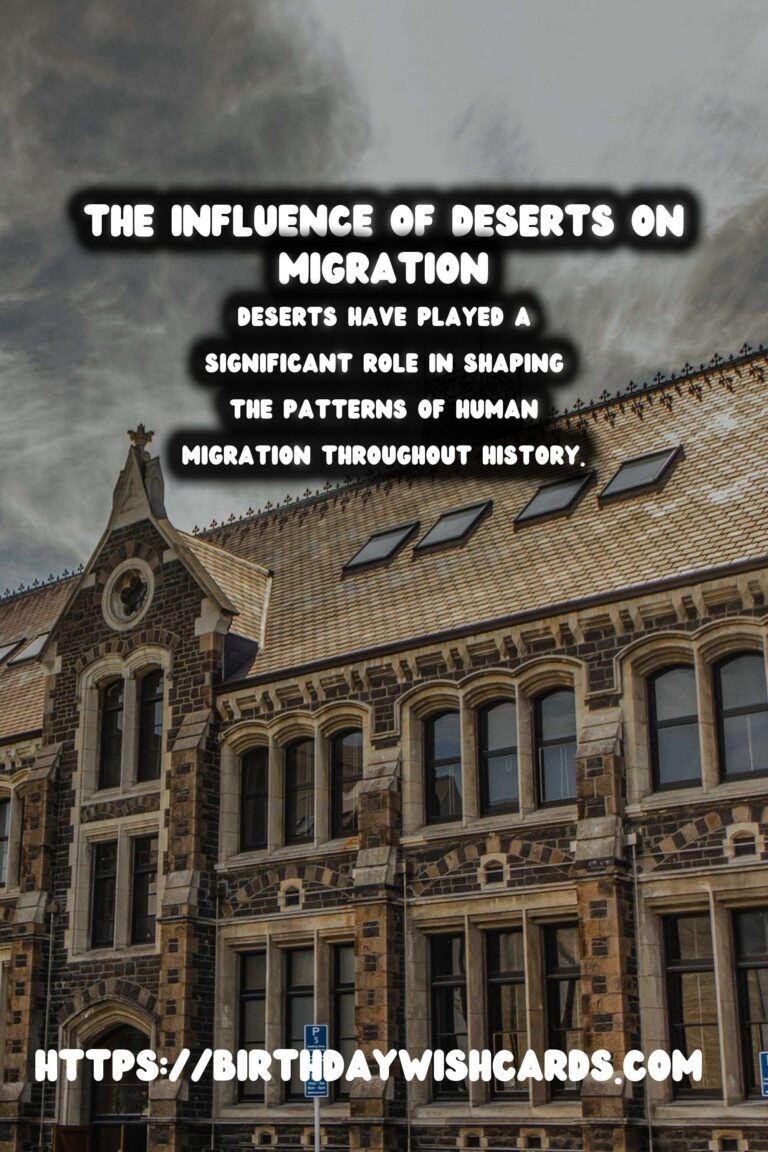
Deserts have played a significant role in shaping the patterns of human migration throughout history. These seemingly barren landscapes have not only been obstacles but also routes that facilitated movement, trade, and cultural exchange among ancient civilizations. This article explores how deserts influenced historical migrations and transformed the dynamics of human settlement.
Deserts as Barriers and Catalysts
Deserts, given their harsh conditions, often acted as natural barriers to migration. The Sahara, for example, posed immense challenges to ancient travelers due to its vast expanse and extreme climate. However, it also served as a catalyst for migration, as groups learned to navigate and adapt to such environments, leading to the development of intricate trade routes like the Trans-Saharan trade network.
Furthermore, oasis towns emerged as critical waypoints, providing necessary resources such as water and food, which allowed traders, nomads, and migrants to journey across these formidable landscapes. These oases became melting pots of culture, facilitating an exchange of goods, ideas, and traditions.
Nomadic Tribes and the Desert Lifestyle
Deserts were home to various nomadic tribes who perfected the art of desert living. Groups such as the Bedouins in the Arabian Desert and the Tuareg in the Sahara developed lifestyles intricately connected to the desert ecosystem. Their migration patterns were often dictated by the availability of resources such as pastures and water sources. By understanding the deserts’ seasonal rhythms, these communities managed to thrive and maintain extensive trade and cultural links with settled societies.
Additionally, their intimate knowledge of these harsh terrains made them ideal guides and traders, bridging connections between distant regions.
Trade and Cultural Interactions
The role of deserts in historical trade cannot be overstated. The Silk Road, crossing the deserts of Central Asia, was instrumental in facilitating trade between the East and West. Deserts became conduits for cultural interactions, introducing new languages, technologies, and religious beliefs to disparate regions.
The trade routes that traversed these arid lands were more than just pathways of economic exchange. They were networks that enabled significant cultural syntheses. For instance, the spread of Islam across North Africa and into Sub-Saharan Africa was profoundly influenced by the trans-Saharan trade routes. Deserts acted as bridges, connecting diverse peoples and promoting cultural syncretism.
Modern Perspectives
In modern times, deserts continue to be pivotal in shaping population movements, particularly in the context of climate change and resource scarcity. As desertification threatens more arable land, understanding historical migration patterns can provide insights into potential future shifts in human settlement and mobility.
Moreover, modern infrastructure projects like roads and pipelines that cut through deserts have revolutionized accessibility, making these once formidable barriers more navigable.
Conclusion
Understanding the role of deserts in historical migration offers a rich narrative of human resilience and adaptability. These arid landscapes, while challenging, have not just been barriers but also vital connectors that have shaped the course of human history. As our environment continues to change, these historical lessons may prove invaluable in navigating the future of human migration.
Deserts have played a significant role in shaping the patterns of human migration throughout history. The Sahara posed immense challenges to ancient travelers due to its vast expanse and extreme climate. 
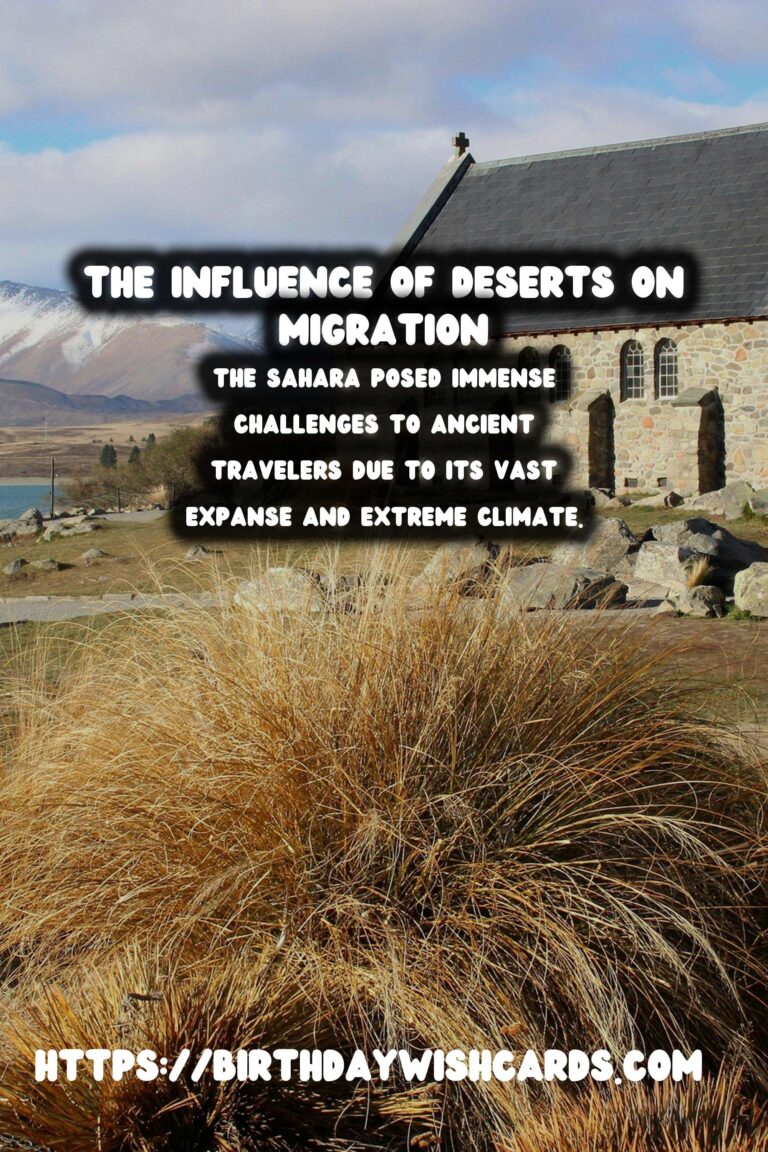
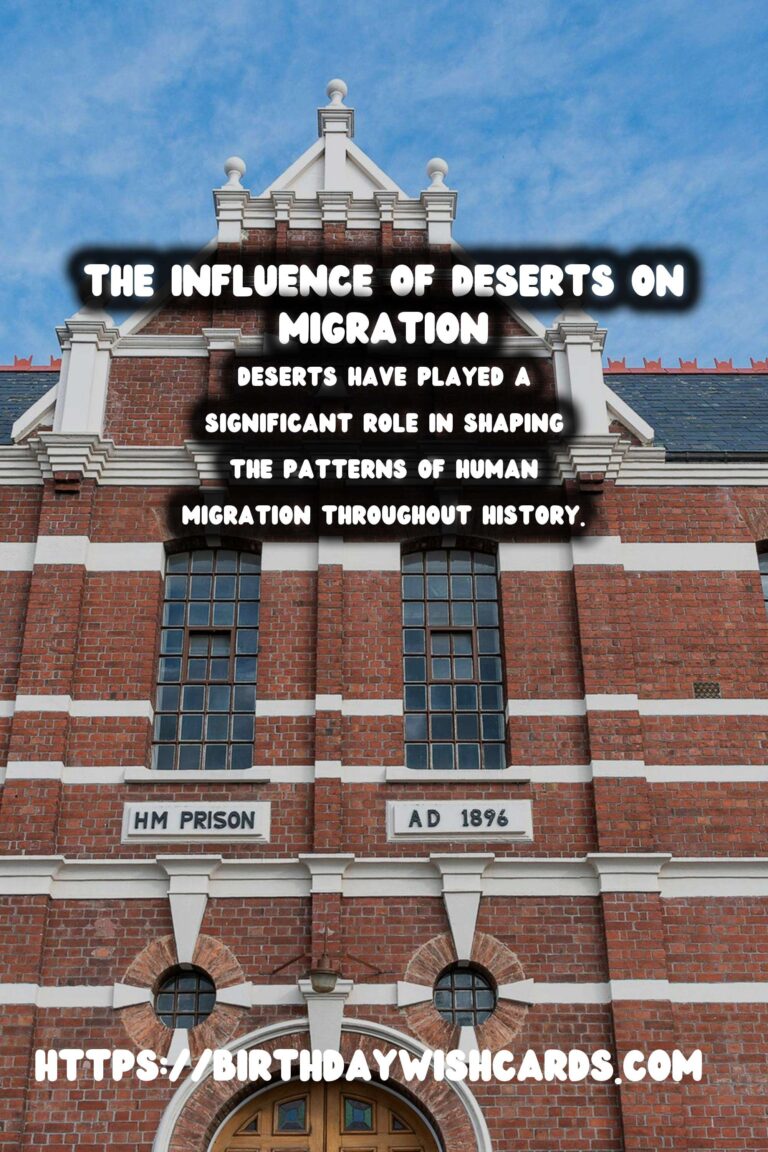
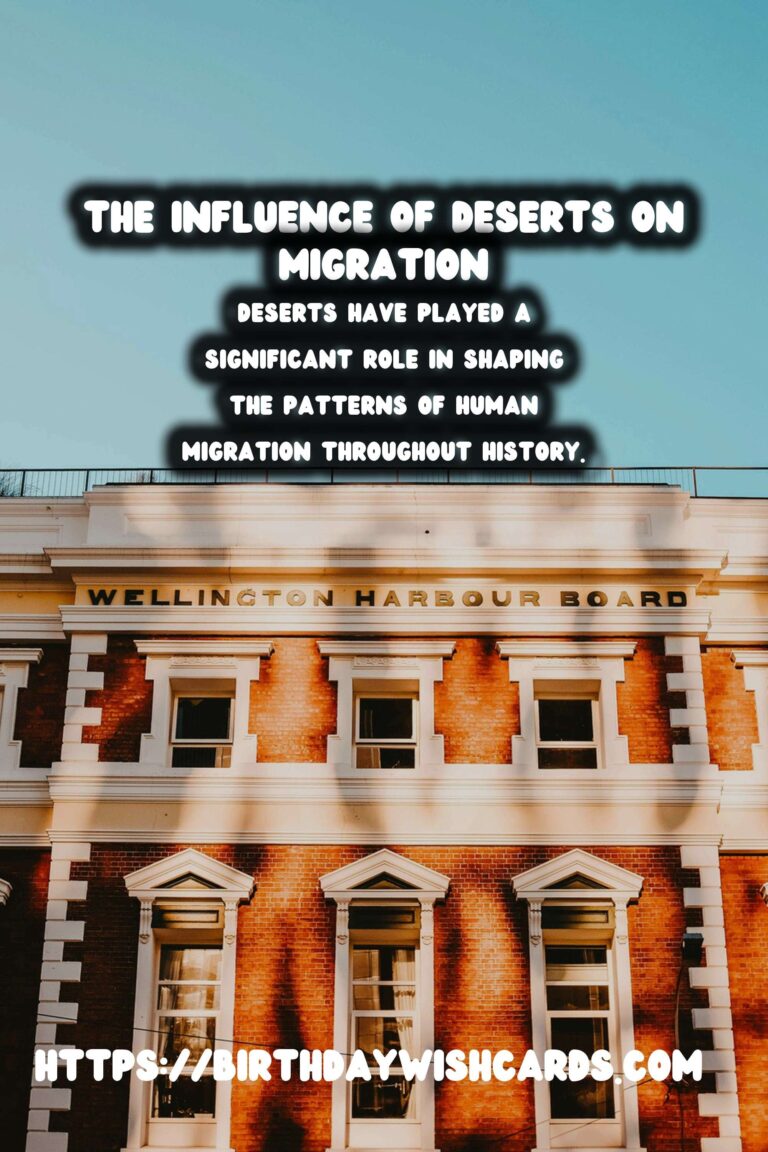

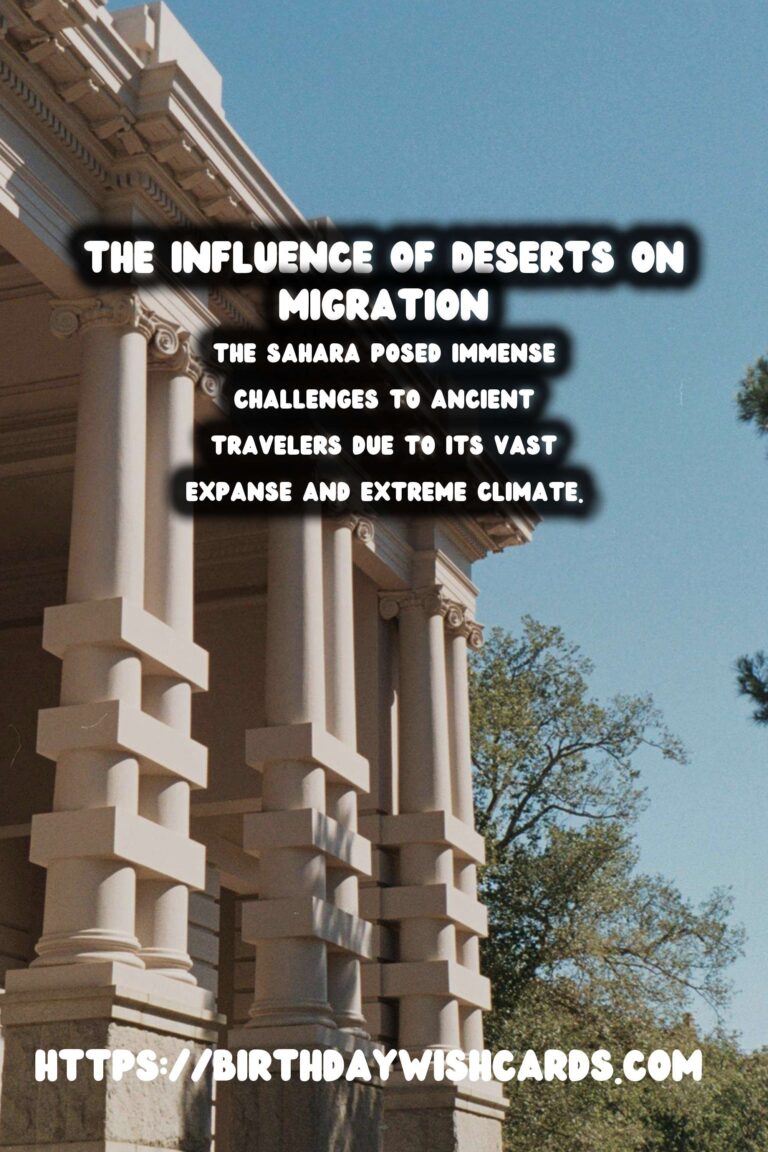
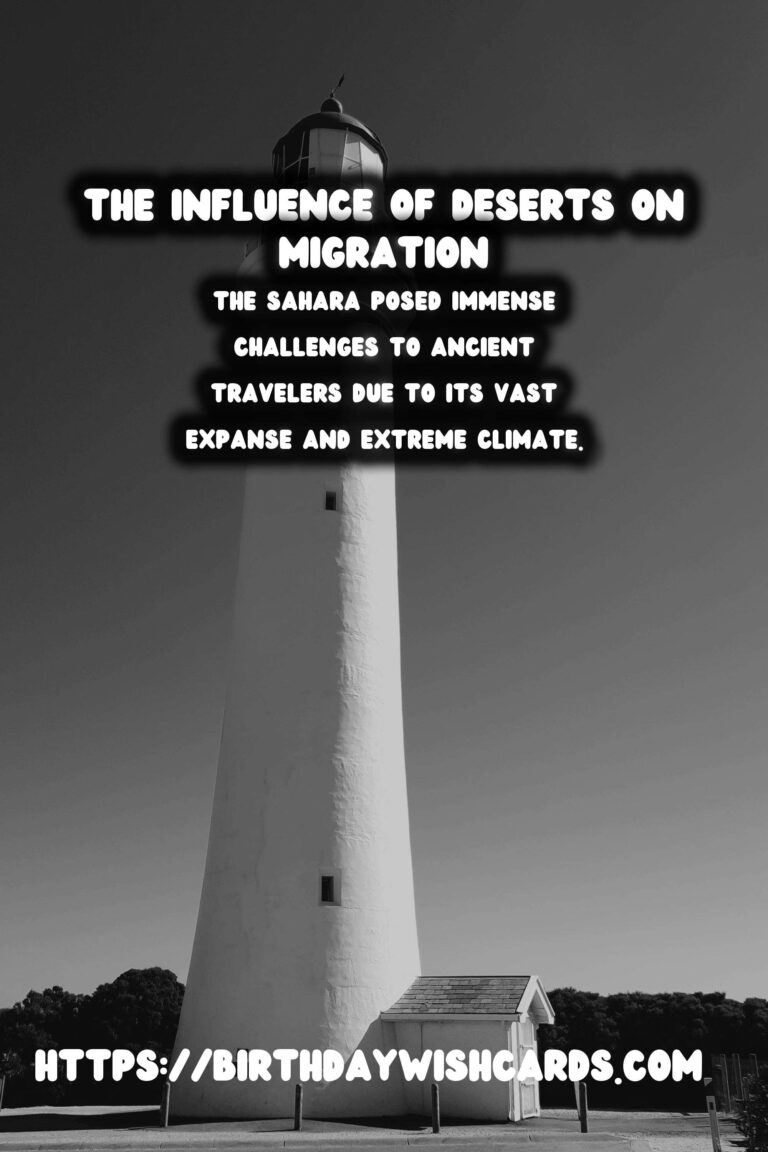
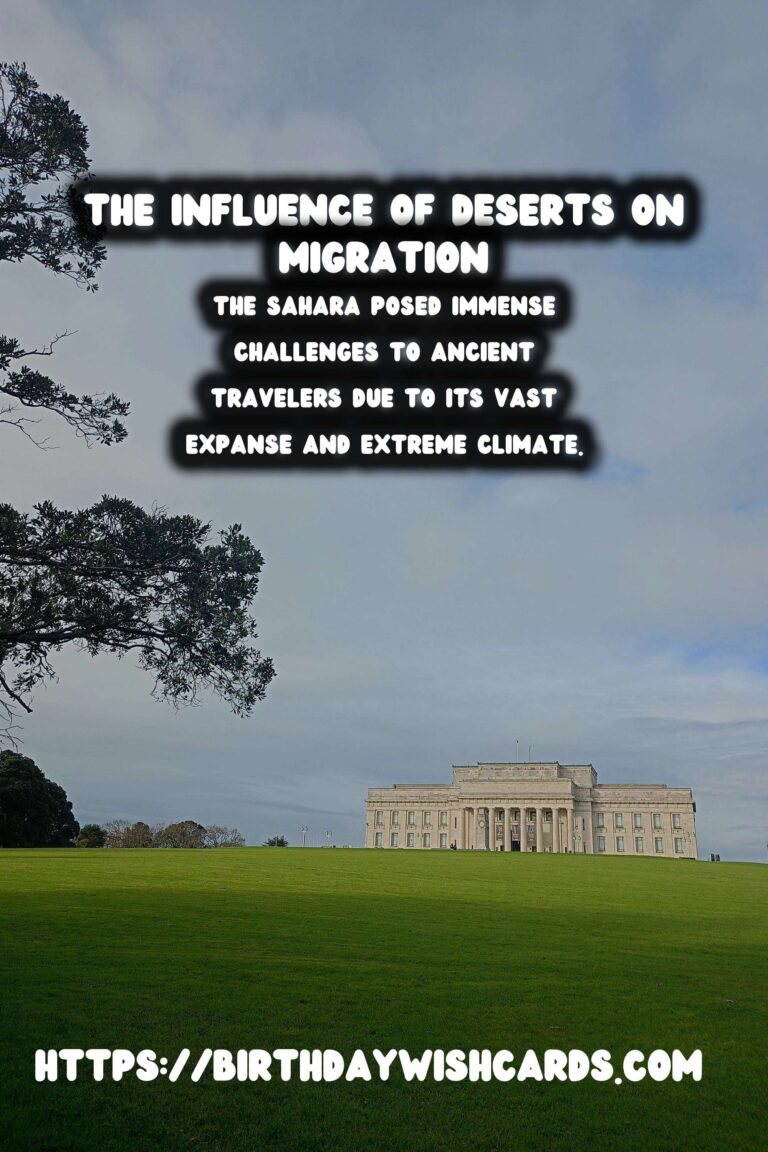
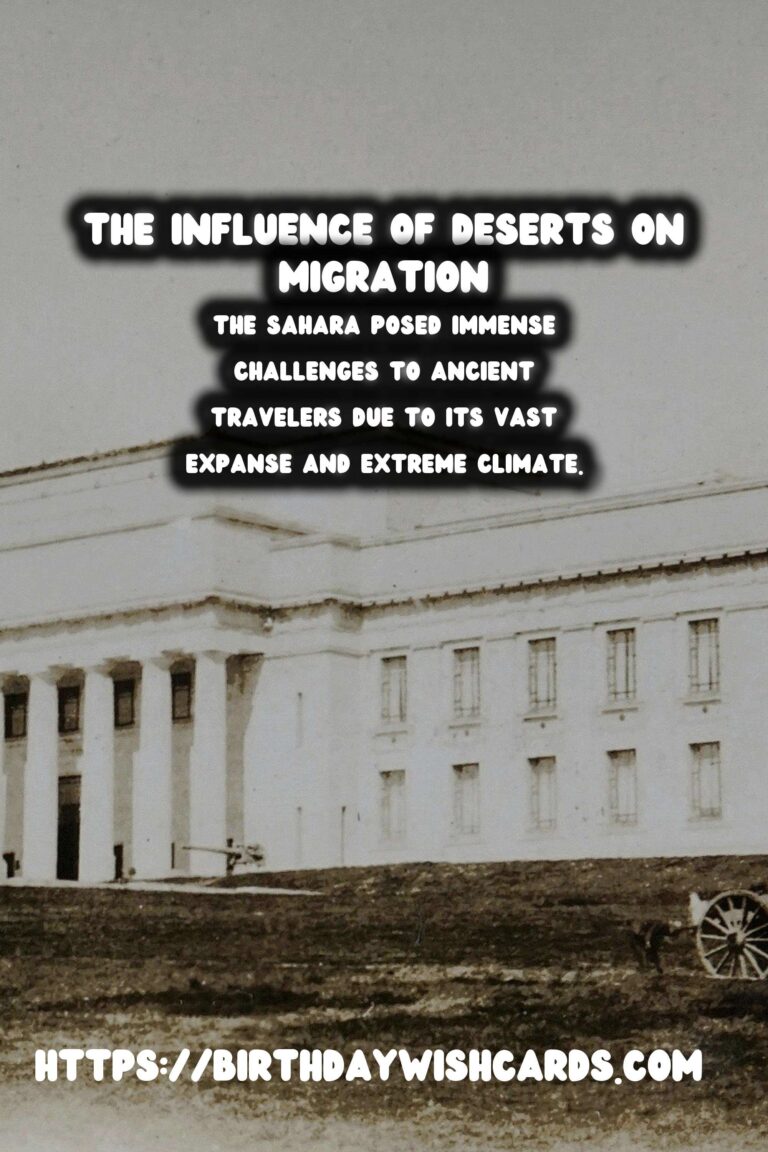

#DesertMigration #HistoricalMigration




